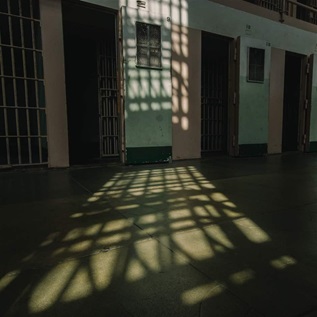Measuring Juvenile Recidivism
Measuring Juvenile Recidivism
Data collection and reporting practices in juvenile corrections
Reducing recidivism is a key indicator of success for juvenile corrections agencies. But a recent survey of these agencies in all 50 states and the District of Columbia found that 1 in 4 does not regularly collect and report recidivism data, and fewer than half use measures that provide a comprehensive picture of youth reoffending. Stronger data collection would give policymakers a better understanding of how their systems are performing and help identify strategies for improvement. The survey, conducted by The Pew Charitable Trusts’ public safety performance project, the Council of State Governments’ Justice Center, and the Council of Juvenile Correctional Administrators, examined current practices in data collection, measurement, and reporting for juvenile recidivism.
Click on each state for detailed information
This interactive works only with IE 9 or above. Please update your browser version.
You can also download the data associated with this interactive by clicking the icons listed under "Download Resources" at the bottom of this page.
Most juvenile correctional agencies do not use multiple definitions of recidivism that allow for meaningful comparisons.
Only 21 agencies use more than one of the standard definitions of recidivism: rearrest, readjudication or conviction, and recommitment to a juvenile or adult corrections facility. The most common definition is readjudication or conviction (28 agencies), but fewer than half define recidivism to include either a subsequent arrest (16 agencies) or commitment to a juvenile or adult corrections facility (25 agencies). Furthermore, some states do not follow juveniles long enough to adequately measure their reoffending. At least 21 agencies follow offenders for 12 months after release, but only 19 track recidivism for 36 months. A total of 30 agencies are able to follow juvenile offenders into the adult criminal justice system.
Using multiple definitions and requiring longer follow-up periods help policymakers spot areas in need of attention, from law enforcement practices to court case processing to correctional programming.
Many juvenile corrections agencies do not track detailed measures of recidivism over time or compare across groups of offenders.
Thirty-two agencies regularly collect recidivism data that allow them to make comparisons with cohorts released in previous years. Tracking recidivism over time is a necessary first step for states to evaluate system performance. To make appropriate comparisons of recidivism rates across groups, states must also be able to differentiate offenders by risk. Only 21 agencies compare recidivism by offender risk, determined either by the score from a risk assessment or by a measure based on common factors that predict likelihood of reoffending, such as age at first offense or offending history. The composition of the release cohort changes annually, and a meaningful assessment of recidivism trends must be able to account for changes in the offender risk profile
One-third of juvenile corrections agencies do not regularly report recidivism rates, and fewer than half share recidivism data with all three branches of government.
Thirty-three juvenile corrections agencies report recidivism rates on a regular basis—annually, quarterly, or monthly. Thirteen do not collect or report juvenile recidivism, and the remaining five report infrequently, only for special analysis or because of a special request. Twenty-one agencies share juvenile recidivism data with all three branches of government. Eleven share it with at least the executive and legislative branches, and 28 make the information available to the public.
Routine reporting of comprehensive juvenile recidivism measures is critical to making informed policy choices. Decisions about where to invest juvenile justice resources should be guided by data that highlight what programs or strategies are successful at reducing reoffending.
Download resources:











